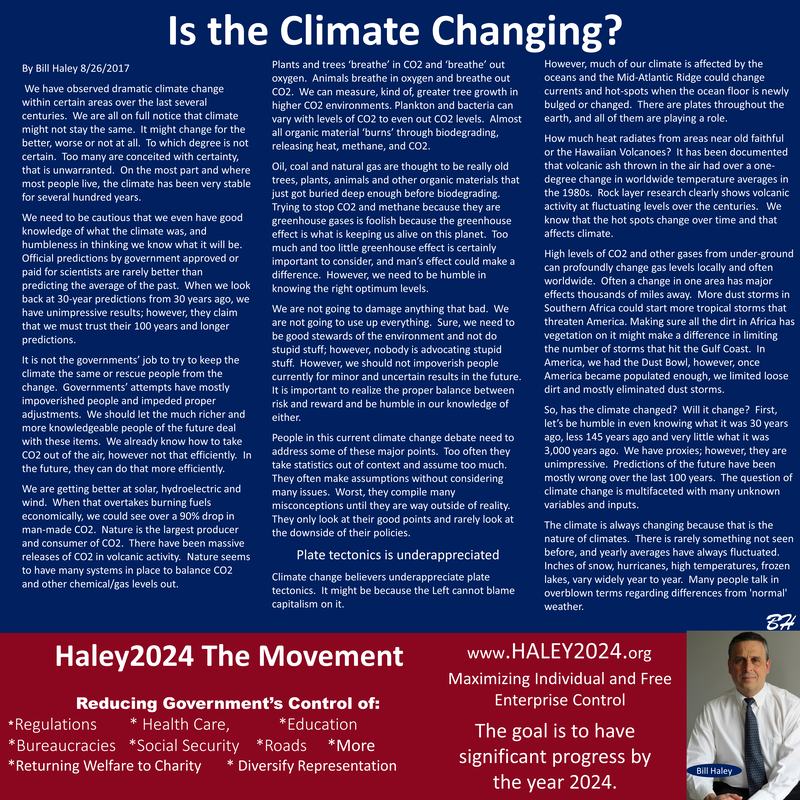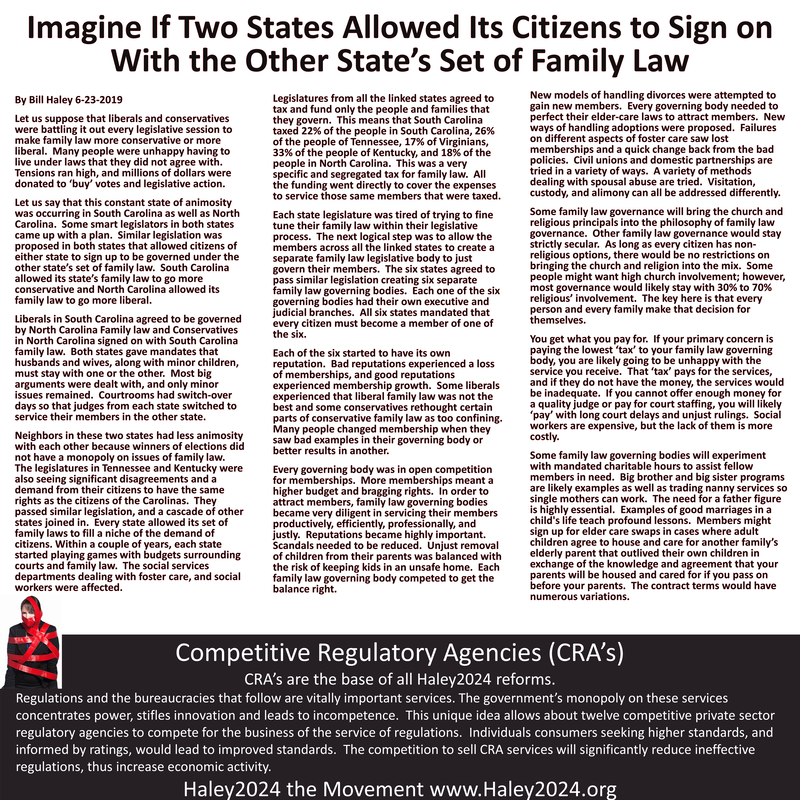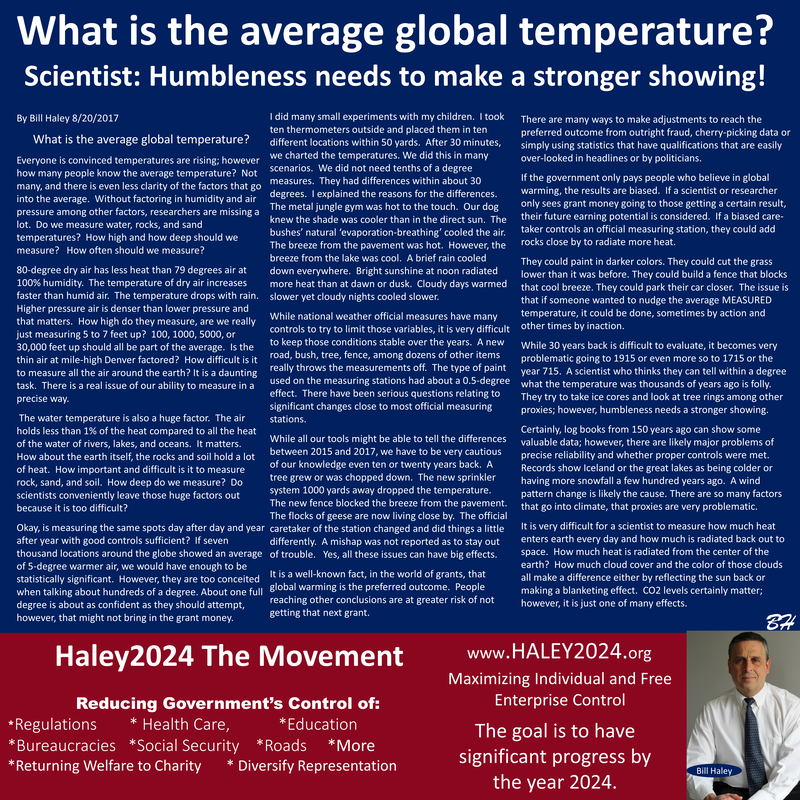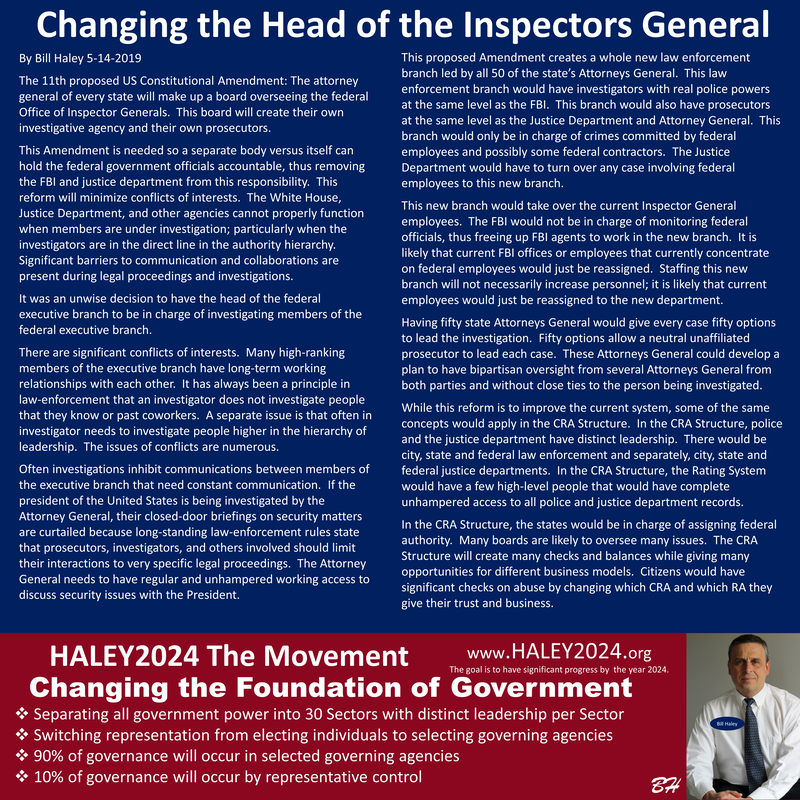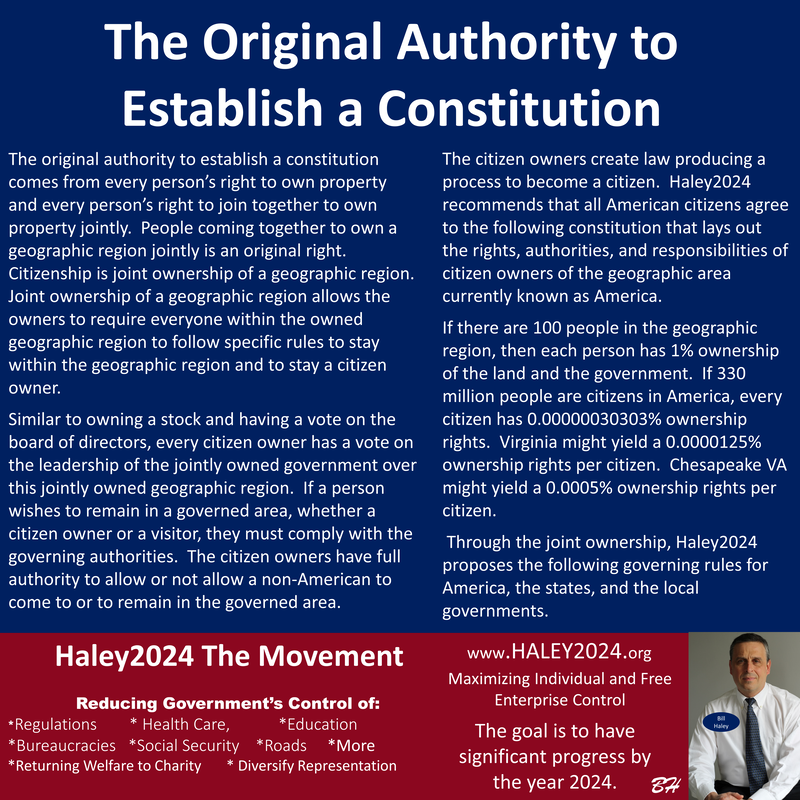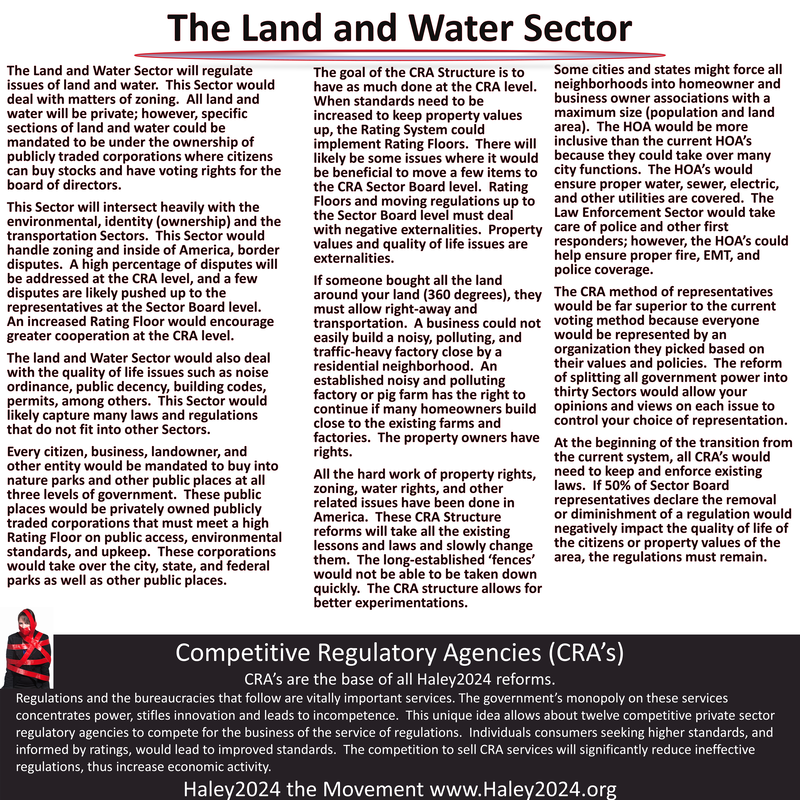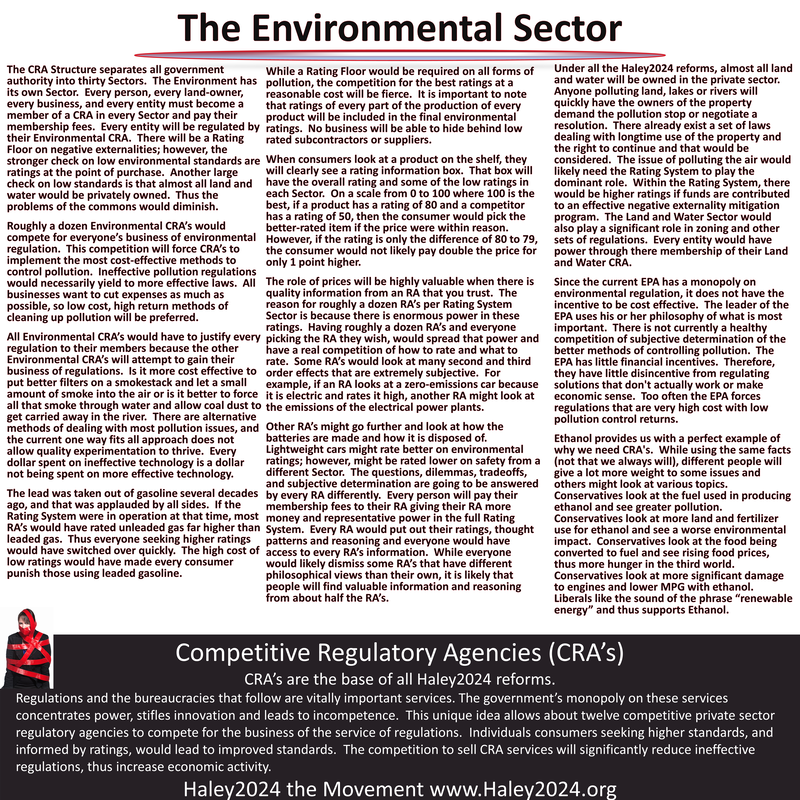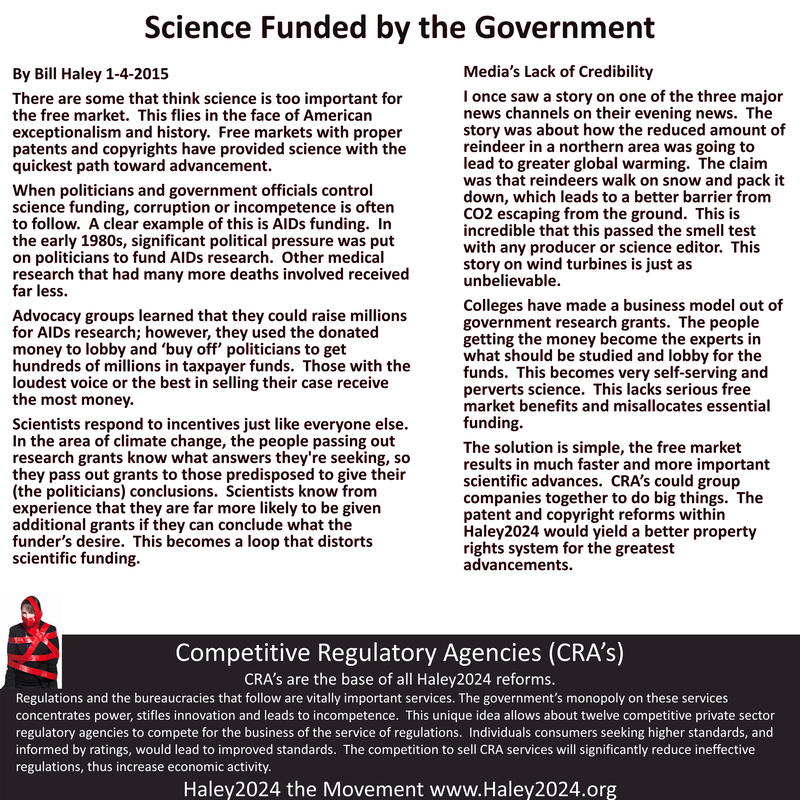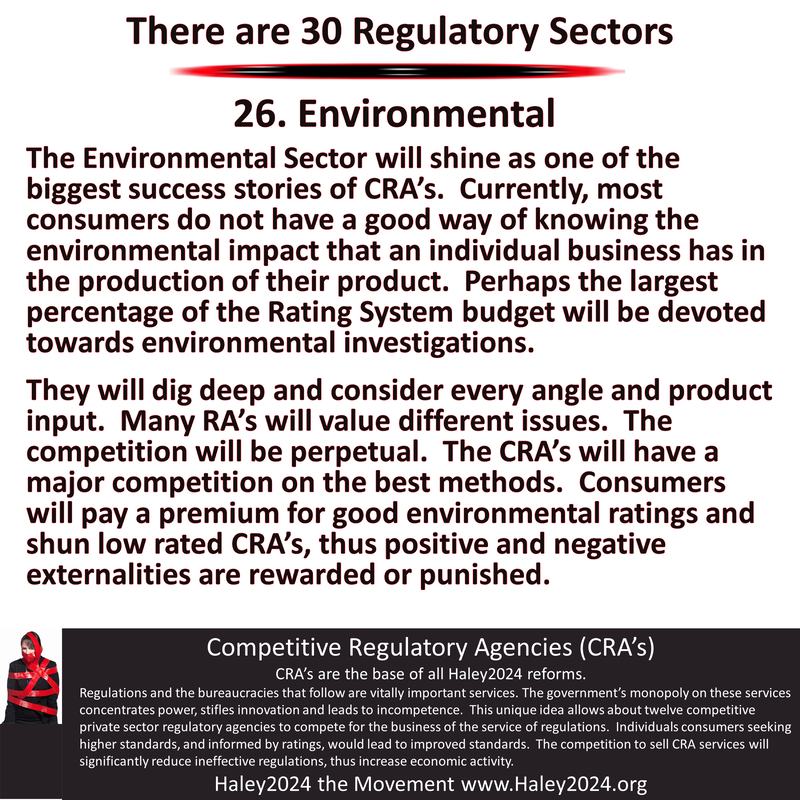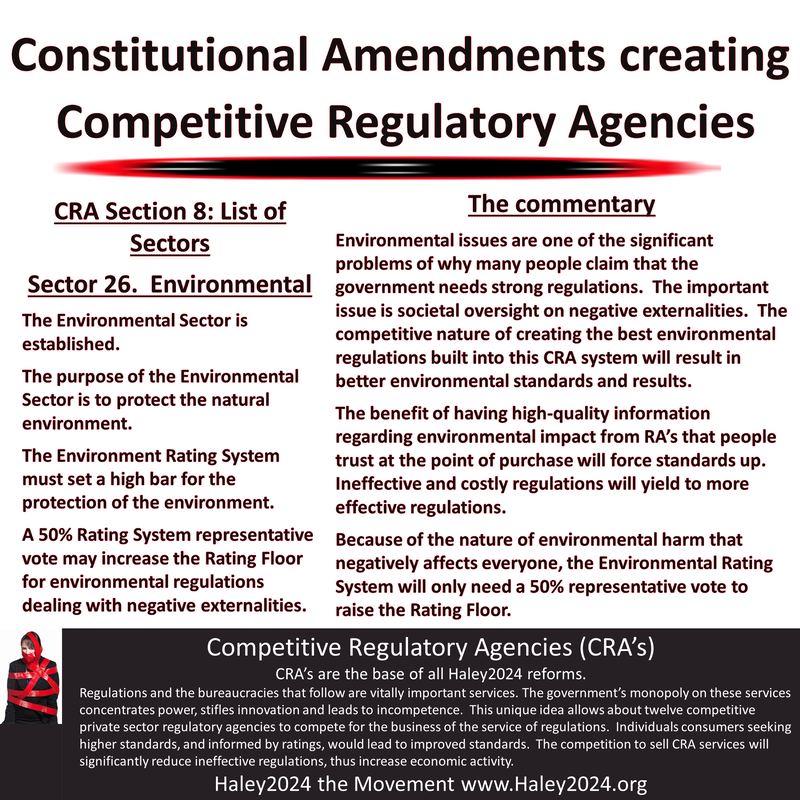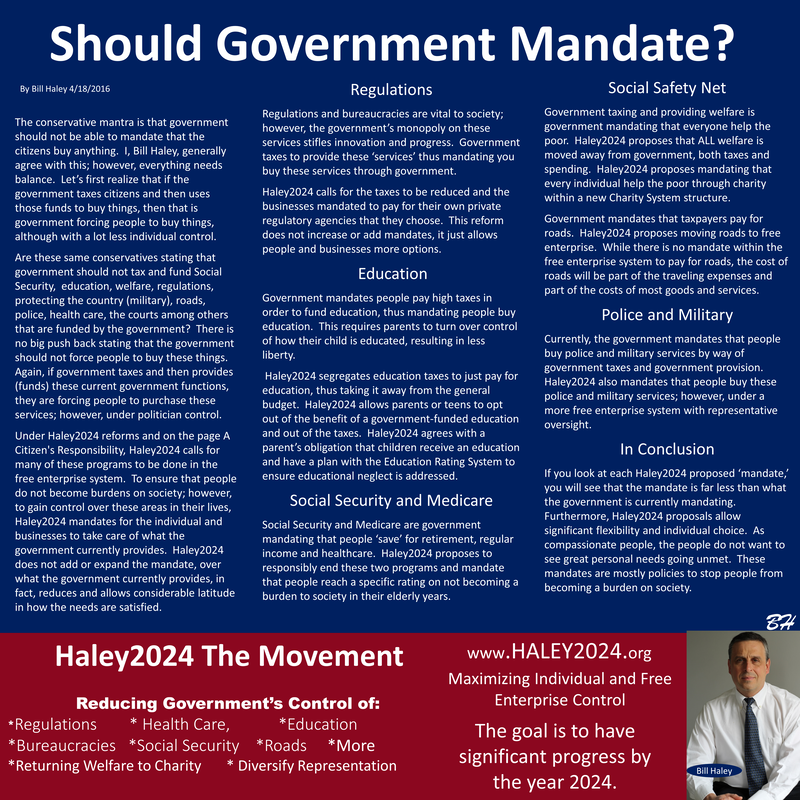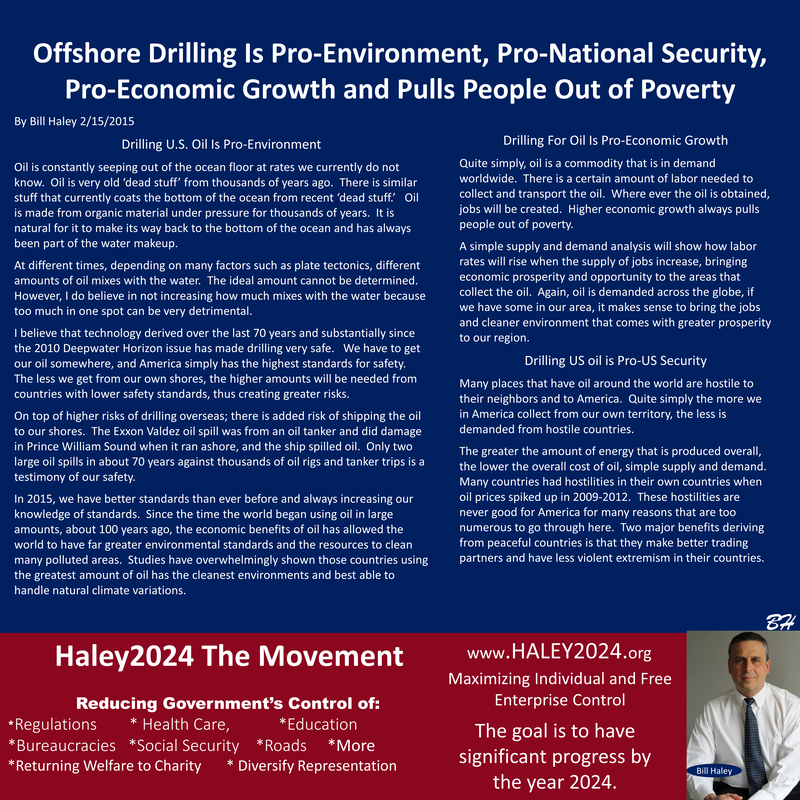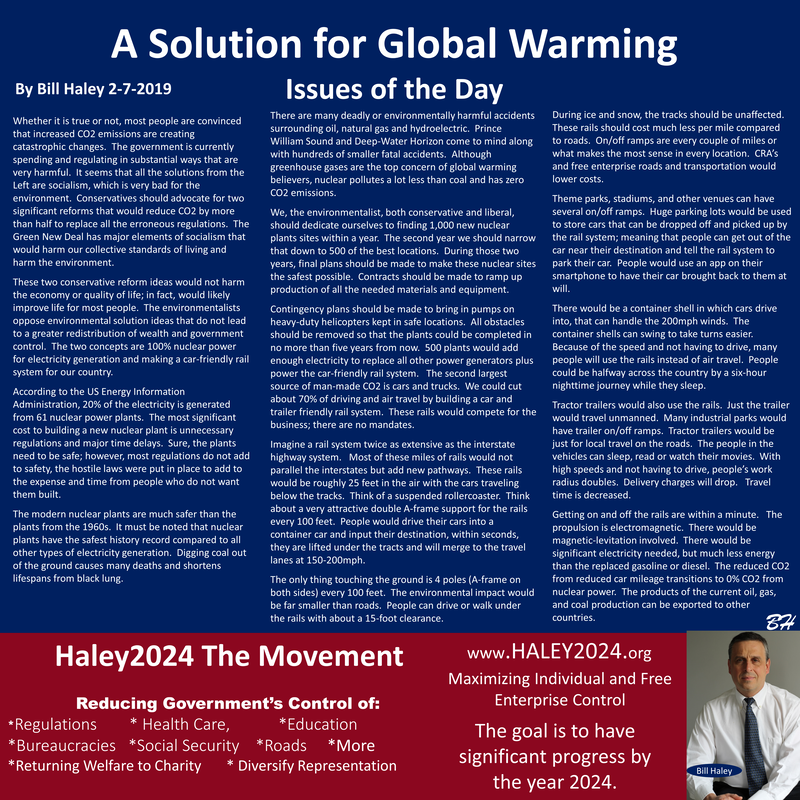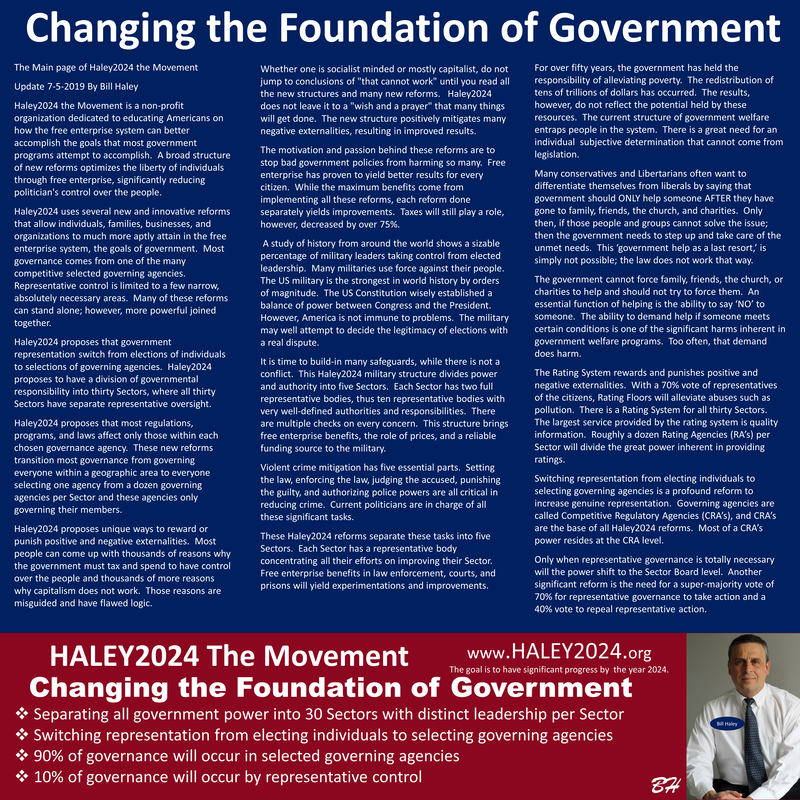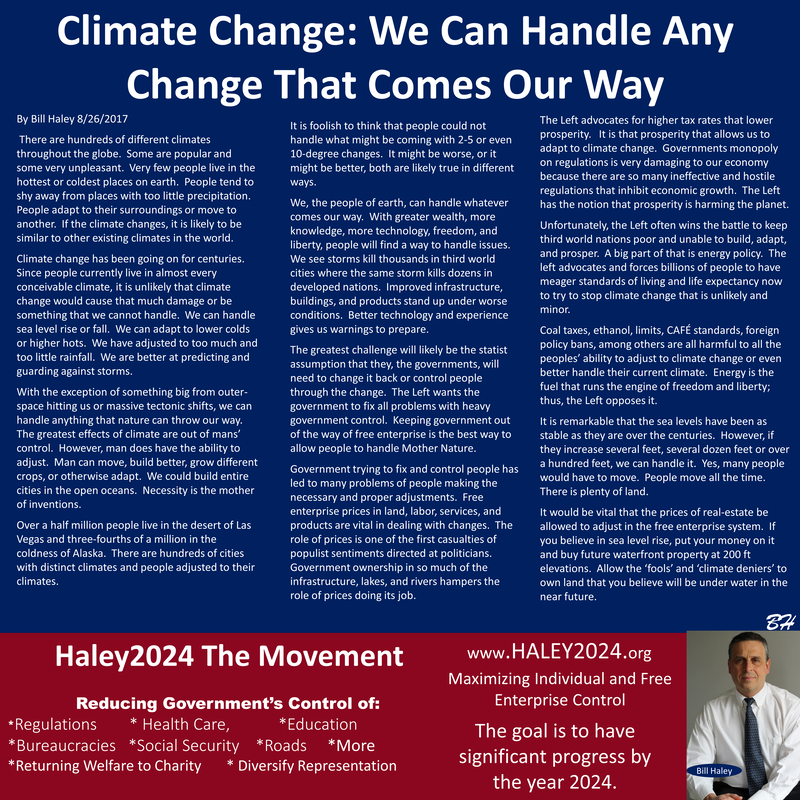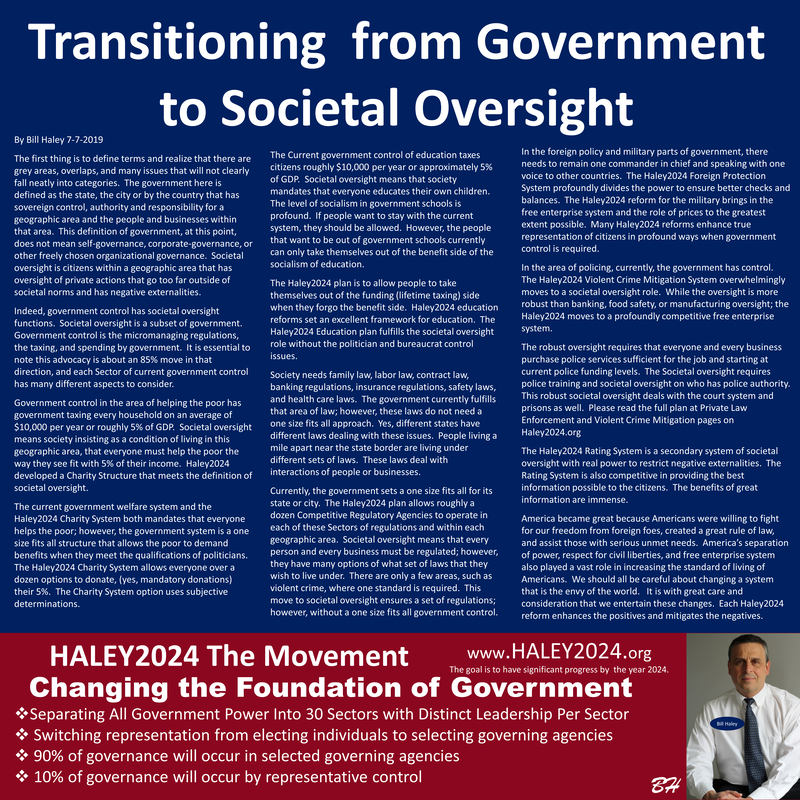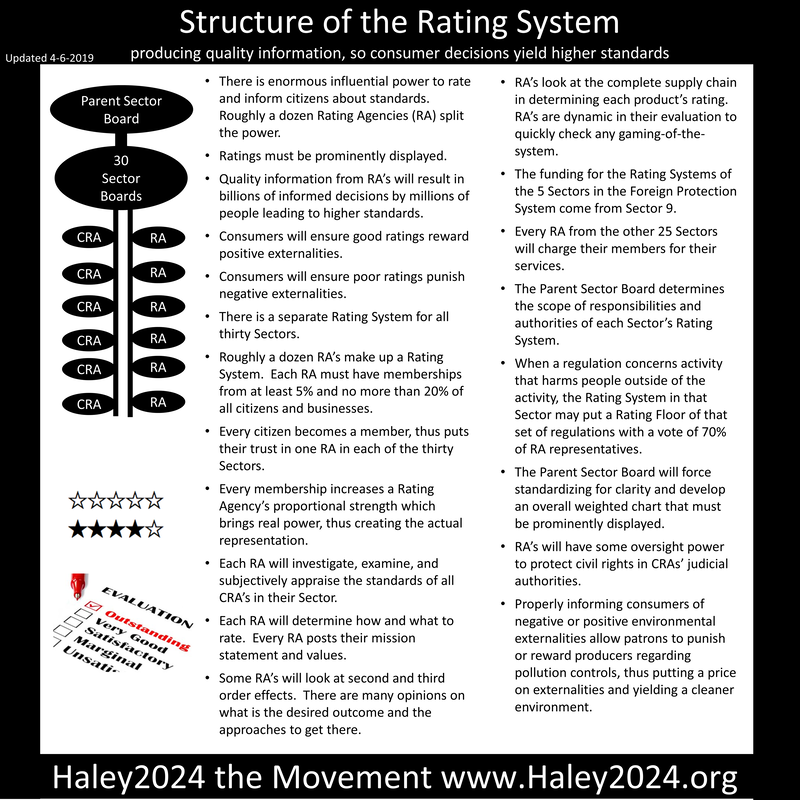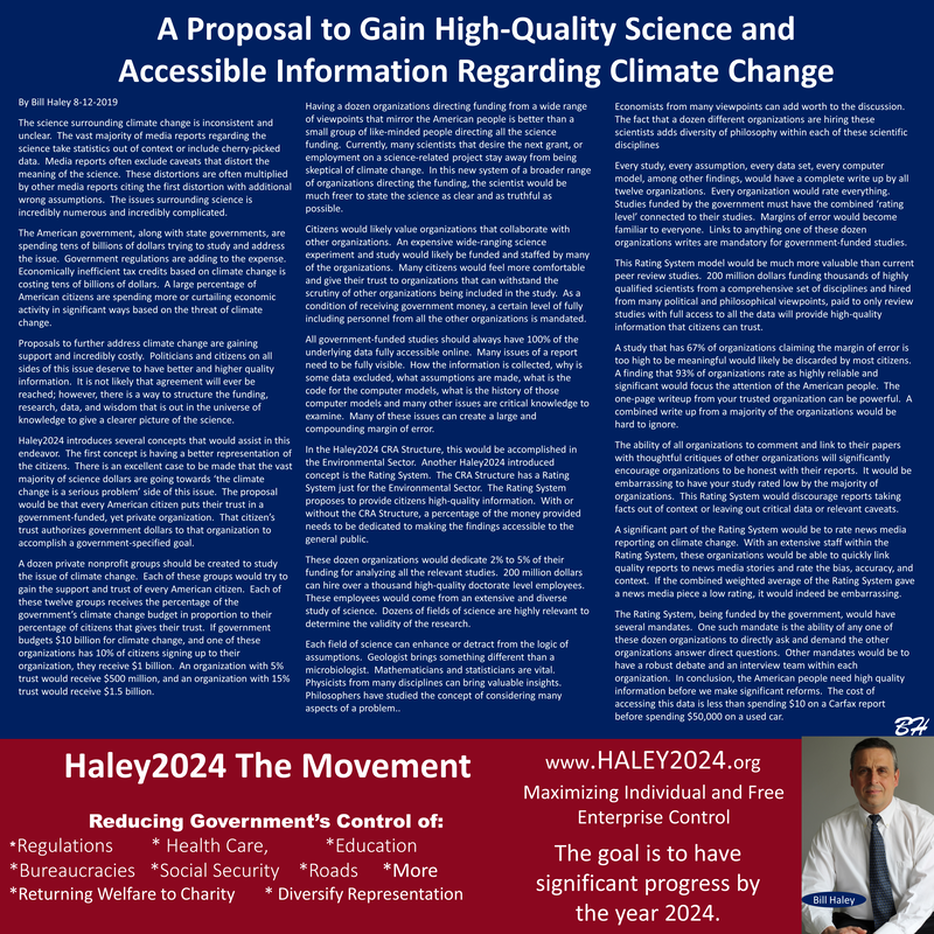| The science surrounding climate change is inconsistent and unclear. The vast majority of media reports regarding the science take statistics out of context or include cherry-picked data. Media reports often exclude caveats that distort the meaning of the science. These distortions are often multiplied by other media reports citing the first distortion with additional wrong assumptions. The issues surrounding science is incredibly numerous and incredibly complicated. |
| The American government, along with state governments, are spending tens of billions of dollars trying to study and address the issue. Government regulations are adding to the expense. Economically inefficient tax credits based on climate change is costing tens of billions of dollars. A large percentage of American citizens are spending more or curtailing economic activity in significant ways based on the threat of climate change. |
| Proposals to further address climate change are gaining support and incredibly costly. Politicians and citizens on all sides of this issue deserve to have better and higher quality information. It is not likely that agreement will ever be reached; however, there is a way to structure the funding, research, data, and wisdom that is out in the universe of knowledge to give a clearer picture of the science. |
| Haley2024 introduces several concepts that would assist in this endeavor. The first concept is having a better representation of the citizens. There is an excellent case to be made that the vast majority of science dollars are going towards ‘the climate change is a serious problem’ side of this issue. The proposal would be that every American citizen puts their trust in a government-funded, yet private organization. That citizen’s trust authorizes government dollars to that organization to accomplish a government-specified goal. |
| A dozen private nonprofit groups should be created to study the issue of climate change. Each of these groups would try to gain the support and trust of every American citizen. Each of these twelve groups receives the percentage of the government’s climate change budget in proportion to their percentage of citizens that gives their trust. If government budgets $10 billion for climate change, and one of these organizations has 10% of citizens signing up to their organization, they receive $1 billion. An organization with 5% trust would receive $500 million, and an organization with 15% trust would receive $1.5 billion. |
| Having a dozen organizations directing funding from a wide range of viewpoints that mirror the American people is better than a small group of like-minded people directing all the science funding. Currently, many scientists that desire the next grant, or employment on a science-related project stay away from being skeptical of climate change. In this new system of a broader range of organizations directing the funding, the scientist would be much freer to state the science as clear and as truthful as possible. |
| Citizens would likely value organizations that collaborate with other organizations. An expensive wide-ranging science experiment and study would likely be funded and staffed by many of the organizations. Many citizens would feel more comfortable and give their trust to organizations that can withstand the scrutiny of other organizations being included in the study. As a condition of receiving government money, a certain level of fully including personnel from all the other organizations is mandated. |
| All government-funded studies should always have 100% of the underlying data fully accessible online. Many issues of a report need to be fully visible. How the information is collected, why is some data excluded, what assumptions are made, what is the code for the computer models, what is the history of those computer models and many other issues are critical knowledge to examine. Many of these issues can create a large and compounding margin of error. |
| In the Haley2024 CRA Structure, this would be accomplished in the Environmental Sector. Another Haley2024 introduced concept is the Rating System. The CRA Structure has a Rating System just for the Environmental Sector. The Rating System proposes to provide citizens high-quality information. With or without the CRA Structure, a percentage of the money provided needs to be dedicated to making the findings accessible to the general public. |
| These dozen organizations would dedicate 2% to 5% of their funding for analyzing all the relevant studies. 200 million dollars can hire over a thousand high-quality doctorate level employees. These employees would come from an extensive and diverse study of science. Dozens of fields of science are highly relevant to determine the validity of the research. |
| Each field of science can enhance or detract from the logic of assumptions. Geologist brings something different than a microbiologist. Mathematicians and statisticians are vital. Physicists from many disciplines can bring valuable insights. Philosophers have studied the concept of considering many aspects of a problem. Economists from many viewpoints can add worth to the discussion. The fact that a dozen different organizations are hiring these scientists adds diversity of philosophy within each of these scientific disciplines. |
| Every study, every assumption, every data set, every computer model, among other findings, would have a complete write up by all twelve organizations. Every organization would rate everything. Studies funded by the government must have the combined ‘rating level’ connected to their studies. Margins of error would become familiar to everyone. Links to anything one of these dozen organizations writes are mandatory for government-funded studies. |
| This Rating System model would be much more valuable than current peer review studies. 200 million dollars funding thousands of highly qualified scientists from a comprehensive set of disciplines and hired from many political and philosophical viewpoints, paid to only review studies with full access to all the data will provide high-quality information that citizens can trust. |
| A study that has 67% of organizations claiming the margin of error is too high to be meaningful would likely be discarded by most citizens. A finding that 93% of organizations rate as highly reliable and significant would focus the attention of the American people. The one-page writeup from your trusted organization can be powerful. A combined write up from a majority of the organizations would be hard to ignore. |
| The ability of all organizations to comment and link to their papers with thoughtful critiques of other organizations will significantly encourage organizations to be honest with their reports. It would be embarrassing to have your study rated low by the majority of organizations. This Rating System would discourage reports taking facts out of context or leaving out critical data or relevant caveats. |
| A significant part of the Rating System would be to rate news media reporting on climate change. With an extensive staff within the Rating System, these organizations would be able to quickly link quality reports to news media stories and rate the bias, accuracy, and context. If the combined weighted average of the Rating System gave a news media piece a low rating, it would indeed be embarrassing. |
| The Rating System, being funded by the government, would have several mandates. One such mandate is the ability of any one of these dozen organizations to directly ask and demand the other organizations answer direct questions. Other mandates would be to have a robust debate and an interview team within each organization. In conclusion, the American people need high-quality information before we make significant reforms. The cost of accessing this data is less than spending $10 on a Carfax report before spending $50,000 on a used car. |
